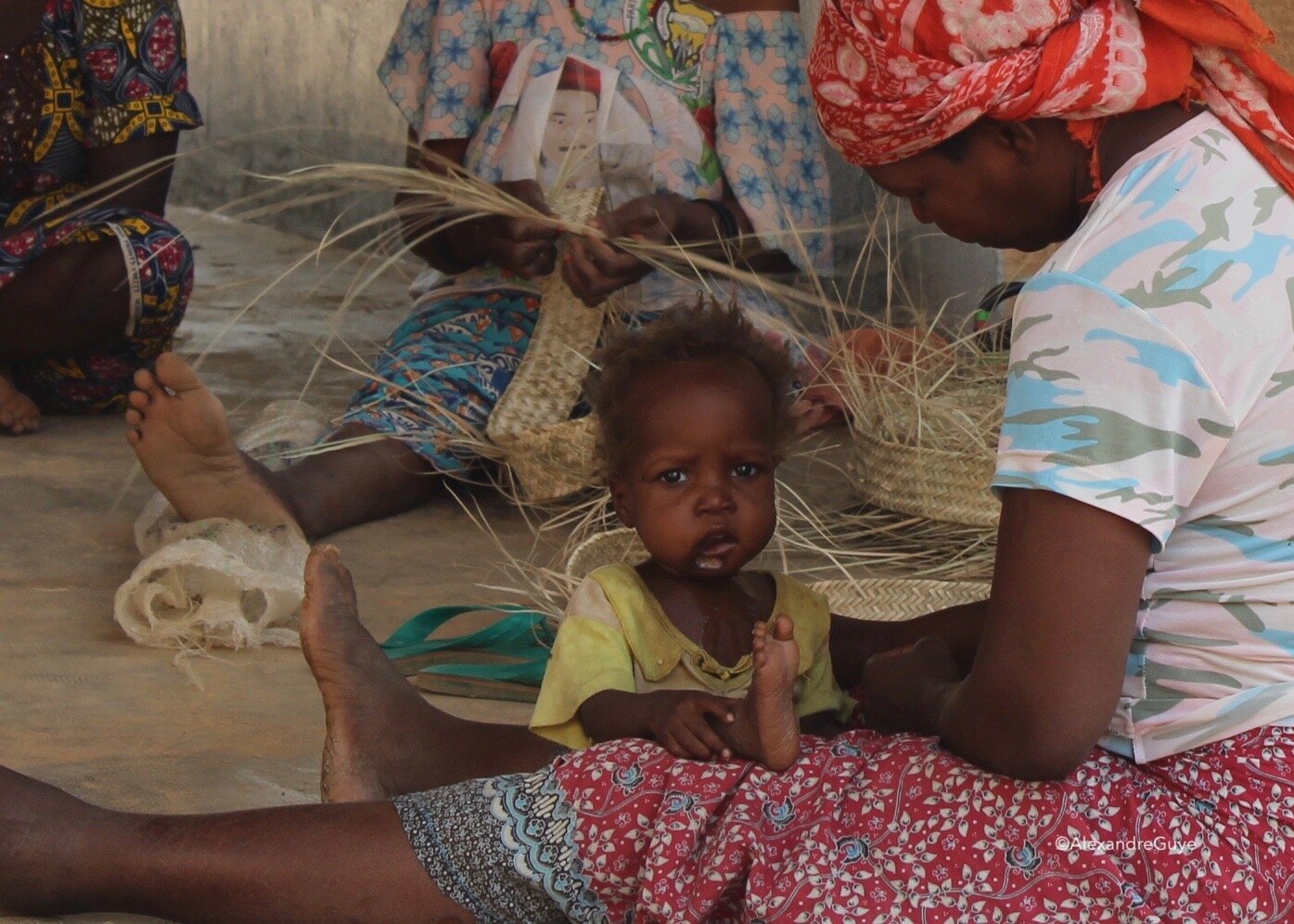
Epidemiology & Global Burden of Noma
The Data We Have…
The World Health Organization (WHO) estimates a global incidence of 140,000 children affected yearly by noma and a prevalence of 770,000 noma survivors worldwide. In sub-Saharan Africa, noma incidence may range between 2-4 cases to 7-14 cases per 10,000 children under 6 (Bourgeois et al). Yet, the disease is not confined to this region. Srour et al. conclude, ‘it is likely that [noma] is much more frequent in remote Asian rural communities than is currently appreciated’. Historically noma was present in Europe and North America up until the beginning of the 20th century, with a notable resurgence in concentration camps during World War II (Marck).
As noma predominantly affects young children of the poorest families in countries with weak health systems, consultation and treatment rates are likely very low (5-20%) and the mortality rate very high (90%) (WHO). The overall health burden of noma in terms of disability-adjusted life years (DALYs) remains to be thoroughly assessed.
Source of the map: HFL Wertheim et al 2012 based on 1998 data from a WHO-led Delfi consultation
… the Data We Need!
Unquestionably, the data we currently have access to paints a bleak picture of the disease. Noma is a highly deadly disease with mortality and morbidity rates which are far greater than those of many other diseases that are formally included in the WHO list of Neglected Tropical Diseases.
Yet, the existing evidence on noma’s geographical distribution, prevalence, incidence, mortality, and treatment/remission/cure is sparse, scattered, and often difficult to identify, with substantial parts of it decades old.
A vicious circle therefore ensues. Due to the lack of an accurate estimation of noma’s global burden, a cause of substantial human health and life loss may be largely neglected and unaddressed by governmental and international efforts. Lack of up-to-date epidemiological data on noma and the absence of a systematic overview of the existing evidence base have been highlighted as main barriers to advancing advocacy for the inclusion of noma in the WHO list of Neglected Tropical Diseases (Geneva Health Forum 2018)
It is here where the Noma Project’s first research pillar takes shape: it will establish noma’s epidemiology & global burden.
Our Methodology
The Noma Project will undertake a number of research steps to determine the epidemiology and global burden of noma.
Review of existing epidemiological evidence and global burden estimation of noma
A comprehensive systematic review of the existing literature on prevalence, incidence, mortality, remission/treatment/cure rates will be performed, based on which a database will be established and refined. Disease models will be established, parameterised, and quantitatively analysed in order to estimate the global noma burden in DALYs.
Epidemiological analysis of patients’ records
The Noma Project partner Sentinelles is a pioneer in the treatment of noma. An analysis of the records of noma patients treated at Sentinelles care centres in Niger and Burkina Faso over the period 1992-2019 will allow the calculation of the annual rate of consultation for acute noma among the population of the districts covered by the organisation’s activities. Relying on this data the incidence based on the rate of consultation by survivors will be estimated.
Household cross-sectional study in Burkina Faso and Niger
A household cross-sectional study conducted in randomly selected villages in Burkina Faso and Niger will enable the calculation of the prevalence of acute noma and noma survivors, and the retrospective incidence for the last 10 years.
Prevalence estimation in Laos
A prevalence estimation in Laos based on patient records held by the project partner Health Frontiers Laos and literature will be conducted.

